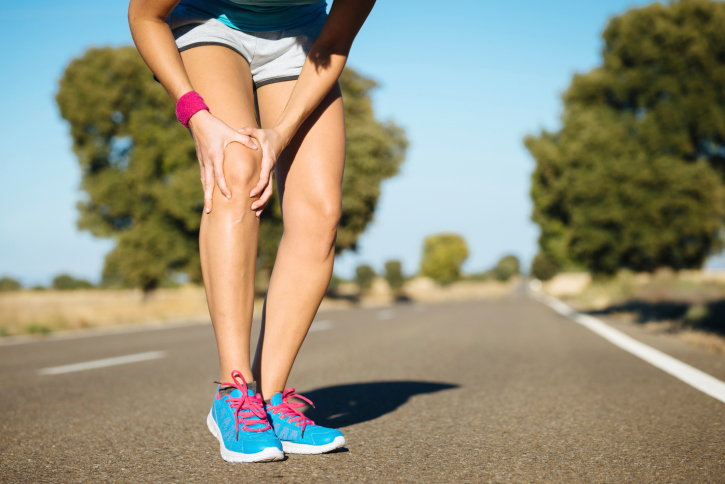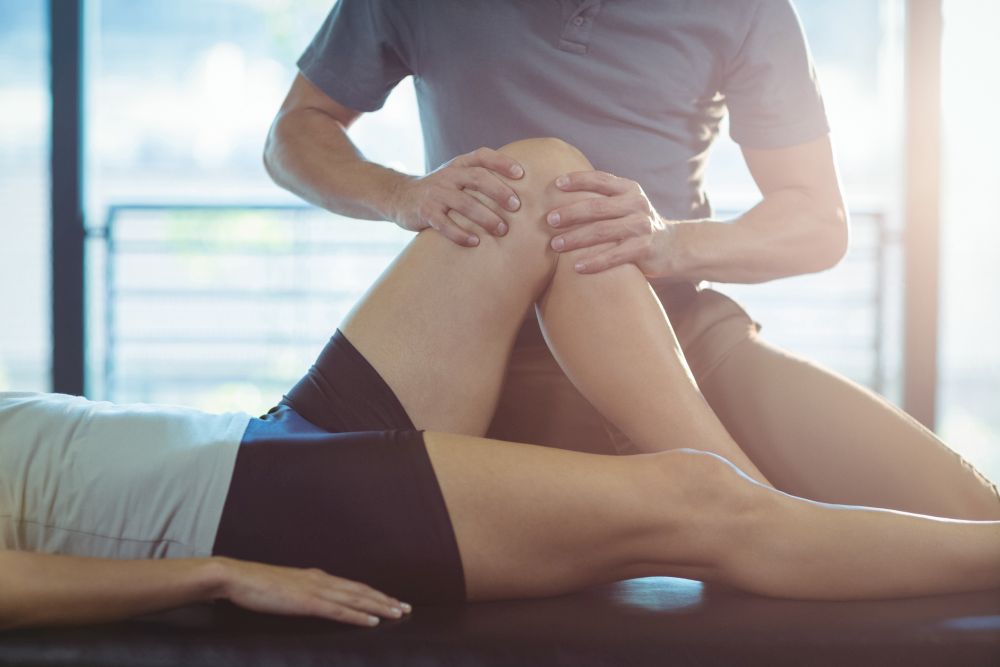Why runners should learn about ‘stress shielding’
Dealing with runner's knee? Here are two terms you need to learn

Patellar tendonitis is one of the most notorious running issues in the book and a problem that plagues almost all runners at some point in their career. It’s also an injury that can really linger. If you’re in the midst of dealing with a tendon problem, here are two concepts that can help you get back on the roads and running without pain.
RELATED: The new way to heal your Achilles tendonitis
Keith Barr, who’s @musclescience on Twitter, lets his followers know exactly what happens when you have a tendon injury, particularly in the knee. His video below illustrates the difference between stress shielding and stress relaxation. He explains, “A tendon injury starts with a small tear.” From there he defines his two key terms.
A quick demonstration of stress shielding and stress relaxation and how they relate to tendon injury and repair. If you want to see how we use this to improve injured tendon check out this paper https://t.co/MiDLfXKV6T pic.twitter.com/GfDBgD34SF
— Keith Baar (@MuscleScience) January 24, 2020
Stress shielding: all of the load or stress (from walking, jumping or running) goes around the area that is damaged (the small tear). Stress shielding is the body’s coping mechanism. Going around the area that is damaged means that your body is protecting itself from tearing across the entire tendon.
Stress relaxation: promotes healing and refers to pulling and holding. This pulling and holding causes the strong fibres to relax, which loads the part of the tendon that is torn. Basically, stress shielding protects the body from further injury and stress relaxation can be good for strengthening and healing.
In order to heal the injury properly, it can help to incorporate stress relaxation into your routine. According to Barr’s research, runners can do this by including heavy isometric holds into their routine. An isometric hold refers to a contraction of a particular group of muscles, for example, the abdominals (as when doing a plank) or the glutes and hamstrings (as when doing a glute bridge). In these exercises, you’re strengthening through contraction.

According to Barr’s paper, stress relaxation reaches roughly 60 percent capacity within 30 seconds. This suggests that a heavy isometric hold for 30 seconds is ideal to create stress relaxation and improve tendon health. Examples of exercises to help heal patellar tendinitis are single-leg squats, double-leg squats and wall sits.
Barr’s research recommends that runners pair their isometric exercise with collagen-rich Jell-O for optimal results. You can find Kate Grace’s recipe here.
RELATED: Kate Grace’s recipe for tendon health
Barr’s paper and video echo the recommendations of the BMJ. The British Medical Journal suggests two new acronyms to help runners heal soft tissue injuries: PEACE and LOVE. PEACE stands for protect, elevate, avoid anti-inflammatory modalities, compress and educate, and these steps should be taken immediately after sustaining an injury. LOVE stands for load, optimism, vascularization and exercise, and is for ongoing treatment of an injury. The LOVE acronym, which includes loading, is a recent update that suggests that an active approach to recovery with movement and exercise benefits more runners with musculoskeletal disorders.


